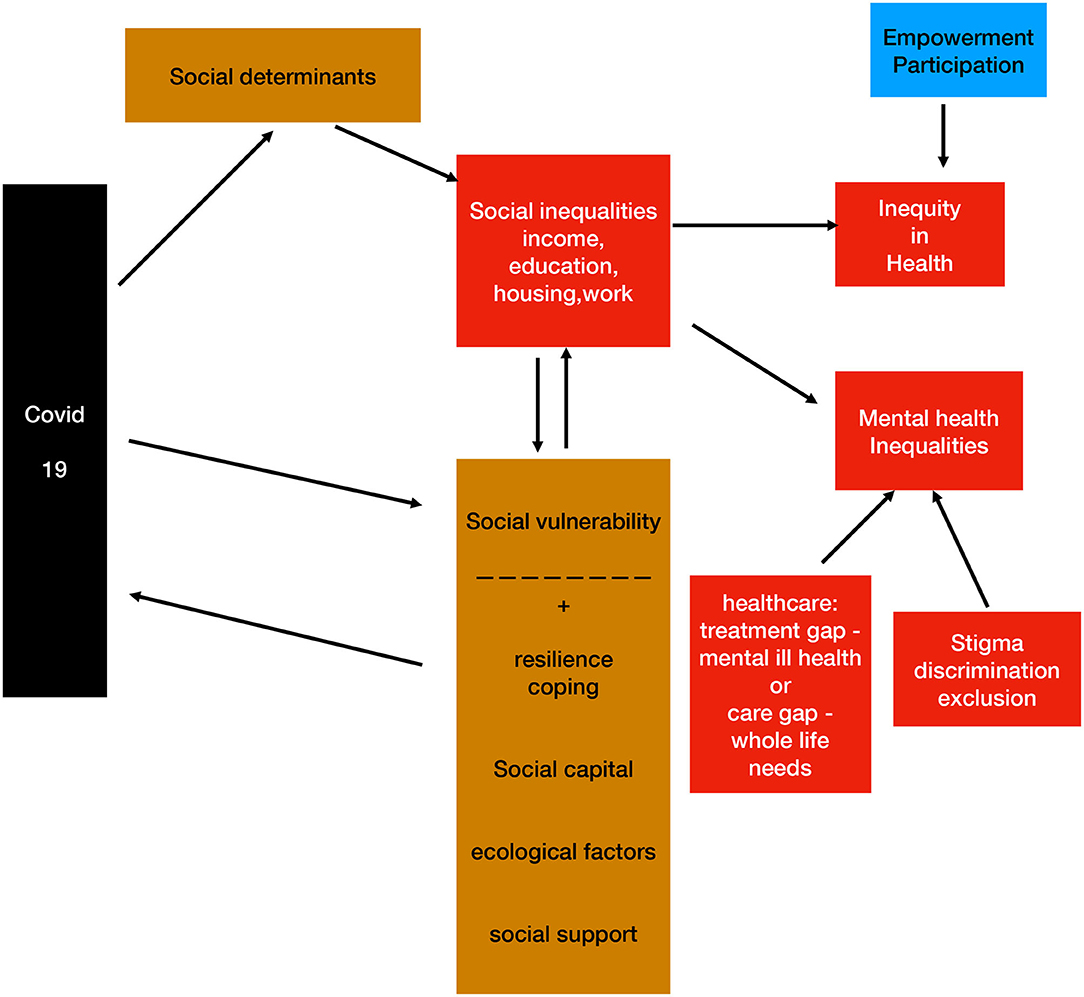Navigating the Complex World of Government Assistance Programs
For individuals with disabilities, understanding the differences between Social Security Disability (SSD) and Supplemental Security Income (SSI) programs is crucial for securing financial assistance. While both programs provide vital support, they have distinct eligibility criteria and benefits. The main distinction between the two programs lies in their purpose and funding sources. SSD is a federal insurance program funded through payroll taxes, whereas SSI is a needs-based program funded through general tax revenues. This fundamental difference affects the eligibility requirements, application processes, and benefits provided by each program.
When searching for information on government assistance programs, many individuals ask, “what is the difference between social security disability and ssi?” The answer lies in the programs’ underlying structures and goals. SSD is designed to provide financial assistance to individuals who have worked and paid Social Security taxes, but are now unable to work due to a disability. In contrast, SSI is intended to provide a basic income guarantee for individuals with disabilities, blindness, or age (65 or older), who have limited income and resources.
Understanding the differences between SSD and SSI is essential for individuals with disabilities to make informed decisions about their financial futures. By recognizing the distinct eligibility criteria, application processes, and benefits of each program, individuals can better navigate the complex world of government assistance programs and access the support they need.
What is Social Security Disability: A Comprehensive Overview
Social Security Disability (SSD) is a federal insurance program designed to provide financial assistance to individuals who have worked and paid Social Security taxes, but are now unable to work due to a disability. The program is administered by the Social Security Administration (SSA) and is funded through payroll taxes. To be eligible for SSD benefits, an individual must have a medical condition that meets the SSA’s definition of disability and have worked long enough to be insured under the Social Security system.
The SSA uses a five-step process to determine whether an individual is disabled and eligible for SSD benefits. This process includes: (1) determining whether the individual is working and earning above a certain threshold; (2) evaluating the severity of the individual’s medical condition; (3) determining whether the individual’s medical condition is on the SSA’s list of disabling impairments; (4) assessing the individual’s residual functional capacity (RFC) and ability to perform past relevant work; and (5) determining whether the individual can perform any other work in the national economy.
SSD benefits are calculated based on the individual’s past earnings record and are typically paid monthly. The amount of the benefit varies depending on the individual’s earnings history, but the average monthly benefit is around $1,200. In addition to monthly benefits, SSD recipients may also be eligible for Medicare coverage after a two-year waiting period.
When considering the question of “what is the difference between social security disability and ssi,” it is essential to understand the distinct eligibility criteria and benefits of the SSD program. While both programs provide financial assistance to individuals with disabilities, the SSD program is specifically designed for individuals who have worked and paid Social Security taxes, whereas the SSI program is a needs-based program for individuals with limited income and resources.
Supplemental Security Income: A Safety Net for the Disabled
Supplemental Security Income (SSI) is a needs-based program designed to provide financial assistance to individuals with disabilities, blindness, or age (65 or older) who have limited income and resources. The program is administered by the Social Security Administration (SSA) and is funded through general tax revenues. To be eligible for SSI benefits, an individual must meet the SSA’s definition of disability and have income and resources below a certain threshold.
The SSI program provides a basic income guarantee for individuals who are unable to work due to a disability or are elderly. The program is designed to ensure that individuals with disabilities have access to basic necessities such as food, shelter, and clothing. SSI benefits are typically paid monthly and can be used to purchase essential items such as groceries, rent, and medical expenses.
One of the key differences between SSI and Social Security Disability (SSD) is the eligibility criteria. While SSD requires an individual to have worked and paid Social Security taxes, SSI is based solely on need. This means that individuals who have never worked or have limited work history may still be eligible for SSI benefits. Additionally, SSI benefits are typically lower than SSD benefits, with the maximum monthly benefit amount being around $790 for an individual.
When considering the question of “what is the difference between social security disability and ssi,” it is essential to understand the distinct eligibility criteria and benefits of the SSI program. While both programs provide financial assistance to individuals with disabilities, the SSI program is specifically designed for individuals with limited income and resources, whereas the SSD program is designed for individuals who have worked and paid Social Security taxes.
Key Differences Between SSD and SSI: A Side-by-Side Comparison
When considering the question of “what is the difference between social security disability and ssi,” it is essential to understand the key differences between the two programs. The following side-by-side comparison highlights the main distinctions between SSD and SSI:
| Program | Eligibility Requirements | Application Process | Benefits |
|---|---|---|---|
| SSD | Must have worked and paid Social Security taxes; must have a disability that meets the SSA’s definition | Apply online, by phone, or in person at a local SSA office | Monthly benefits based on past earnings record; Medicare coverage after 2 years |
| SSI | Must be 65 or older, blind, or disabled; must have limited income and resources | Apply online, by phone, or in person at a local SSA office | Monthly benefits based on need; Medicaid coverage |
As shown in the table above, the main differences between SSD and SSI lie in their eligibility requirements, application processes, and benefits. SSD is designed for individuals who have worked and paid Social Security taxes, while SSI is a needs-based program for individuals with limited income and resources.
Understanding these differences is crucial for individuals with disabilities who are seeking financial assistance. By knowing the key distinctions between SSD and SSI, individuals can determine which program is right for them and navigate the application process with confidence.
How to Determine Which Program is Right for You
Determining which program is right for you requires a thorough understanding of your income and resource levels, as well as the disability requirements for each program. To start, you should assess your income and resources to determine whether you meet the eligibility criteria for SSI. If you have limited income and resources, SSI may be the best option for you. On the other hand, if you have worked and paid Social Security taxes, SSD may be the better choice.
Next, you should understand the disability requirements for each program. Both SSD and SSI require that you have a disability that meets the SSA’s definition. However, the SSA uses a different process to determine disability for each program. For SSD, the SSA uses a five-step process to determine whether you are disabled. For SSI, the SSA uses a three-step process.
Once you have determined which program is right for you, you can begin the application process. You can apply for SSD or SSI online, by phone, or in person at a local SSA office. It is recommended that you apply for both programs at the same time, as this can help to ensure that you receive the maximum amount of benefits for which you are eligible.
When applying for SSD or SSI, it is essential to provide complete and accurate information. This includes providing detailed information about your income and resources, as well as your disability. You should also be prepared to provide medical documentation to support your claim.
By following these steps, you can determine which program is right for you and navigate the application process with confidence. Remember to always seek professional representation if you need help with the application process or if your claim is denied.
Common Mistakes to Avoid When Applying for SSD or SSI
When applying for Social Security Disability (SSD) or Supplemental Security Income (SSI), it is essential to avoid common mistakes that can lead to a denied claim. One of the most common mistakes is submitting an incomplete application. This can include failing to provide required documentation, such as medical records or proof of income, or not fully completing the application form.
Another mistake to avoid is missing deadlines. The Social Security Administration (SSA) has strict deadlines for submitting applications and appeals, and missing these deadlines can result in a denied claim. It is essential to keep track of deadlines and submit applications and appeals on time.
Inadequate medical documentation is also a common mistake. The SSA requires detailed medical documentation to support a claim, and failing to provide this documentation can result in a denied claim. It is essential to work with a healthcare provider to obtain the necessary medical documentation and to ensure that it is submitted with the application.
Additionally, it is essential to avoid providing false or misleading information on the application. This can include exaggerating or downplaying the severity of a disability, or failing to disclose relevant information. Providing false or misleading information can result in a denied claim and can also lead to penalties and fines.
To avoid these mistakes, it is essential to seek professional representation when applying for SSD or SSI. A qualified attorney or advocate can help to ensure that the application is complete and accurate, and can also help to navigate the appeals process if the claim is denied.
Appealing a Denied Claim: What to Do Next
If your Social Security Disability (SSD) or Supplemental Security Income (SSI) claim is denied, you have the right to appeal the decision. The appeals process can be complex and time-consuming, but it is essential to understand the different levels of appeal and the importance of seeking professional representation.
The first level of appeal is the Reconsideration stage. At this stage, a new reviewer will examine your claim and make a decision. If your claim is denied again, you can appeal to the Hearing stage. At this stage, you will have the opportunity to present your case to an Administrative Law Judge (ALJ) who will make a decision based on the evidence presented.
If your claim is denied at the Hearing stage, you can appeal to the Appeals Council. The Appeals Council will review your case and make a decision. If your claim is denied again, you can appeal to the Federal District Court.
It is essential to seek professional representation when appealing a denied claim. A qualified attorney or advocate can help you navigate the appeals process and ensure that your rights are protected. They can also help you gather evidence and build a strong case to support your claim.
When appealing a denied claim, it is also essential to understand the importance of deadlines. You have a limited amount of time to appeal a denied claim, and missing these deadlines can result in your claim being denied.
By understanding the appeals process and seeking professional representation, you can increase your chances of a successful appeal and ensure that you receive the benefits you deserve.
Maximizing Your Benefits: Tips for Managing Your SSD or SSI Award
Once you have been awarded Social Security Disability (SSD) or Supplemental Security Income (SSI) benefits, it is essential to understand how to manage your benefits to maximize your award. Here are some tips to help you get the most out of your benefits:
Understand your payment amount: It is essential to understand how much you will receive in benefits each month. Your payment amount will be based on your past earnings record or your family’s income and resources.
Report changes in income or resources: If your income or resources change, you must report these changes to the Social Security Administration (SSA). This includes changes in employment, income, or resources such as cash, stocks, or bonds.
Avoid overpayments: Overpayments can occur if you receive more benefits than you are entitled to. This can happen if you fail to report changes in income or resources or if you receive benefits while working. If you receive an overpayment, you will be required to repay the excess amount.
Understand your benefit period: Your benefit period will depend on the type of benefit you are receiving. For SSD, your benefit period will typically last until you reach full retirement age. For SSI, your benefit period will typically last until you are no longer disabled or until you reach age 65.
Seek professional help: If you need help managing your benefits or have questions about your award, seek professional help from a qualified attorney or advocate. They can help you understand your benefits and ensure that you are receiving the maximum amount of benefits you are entitled to.






